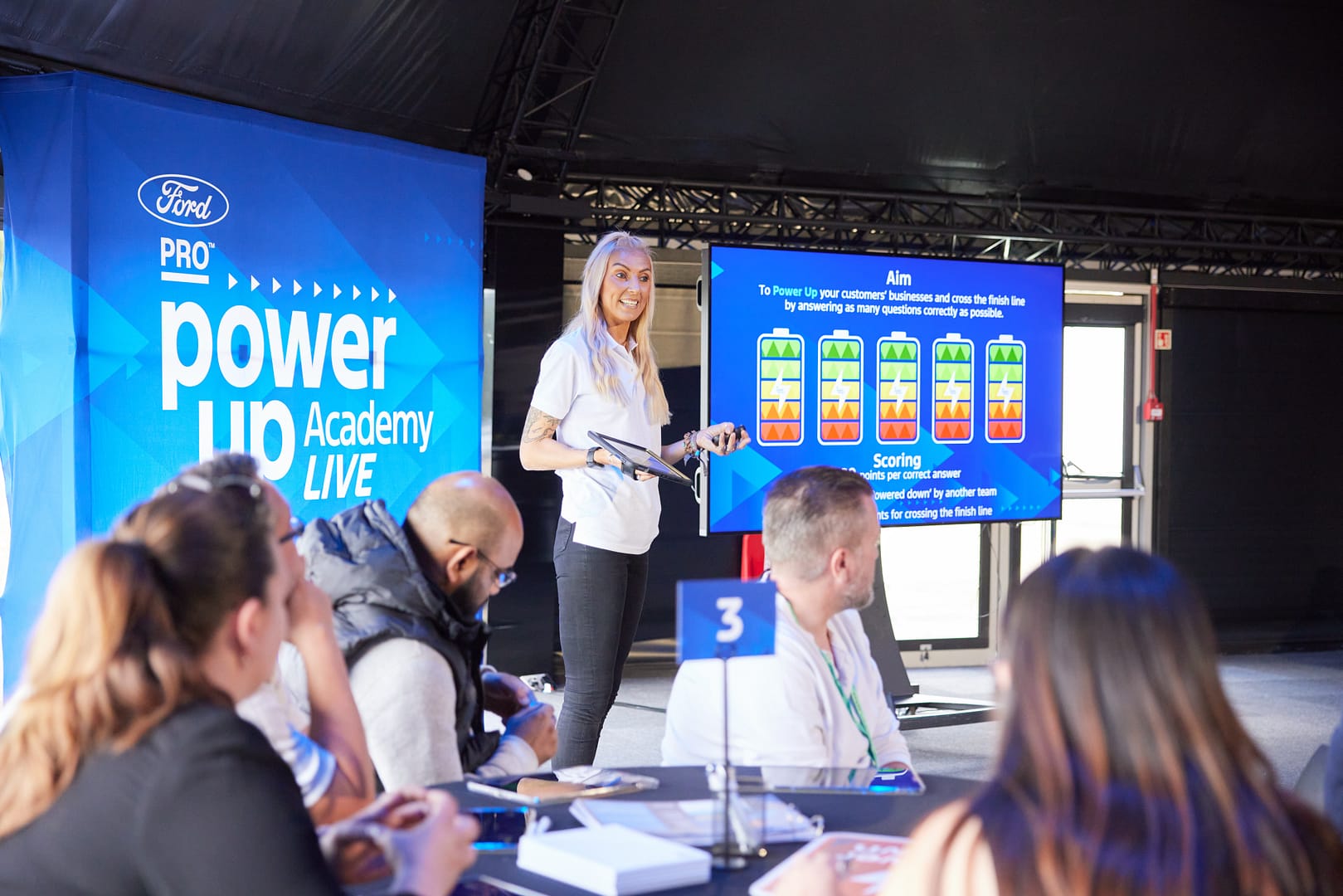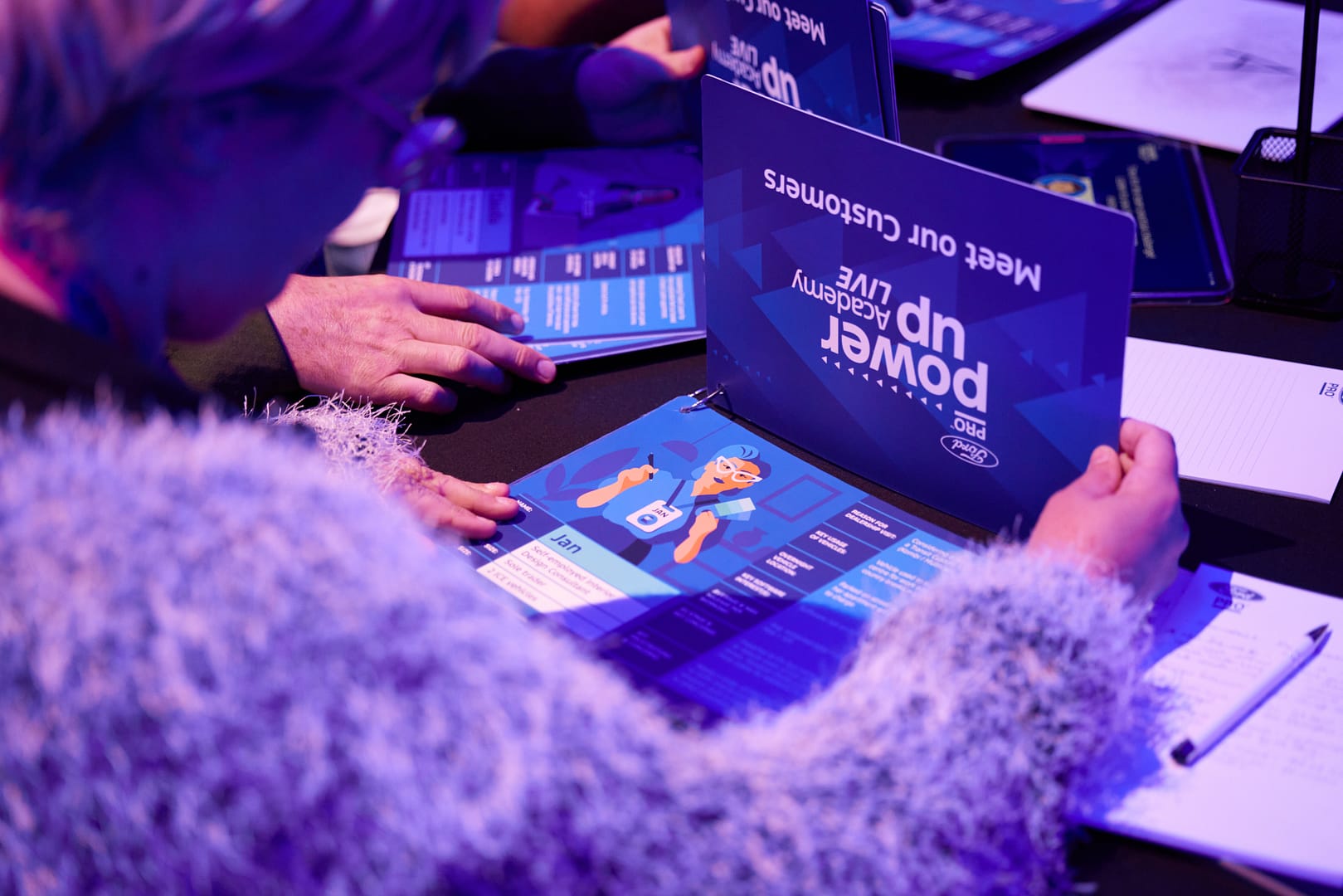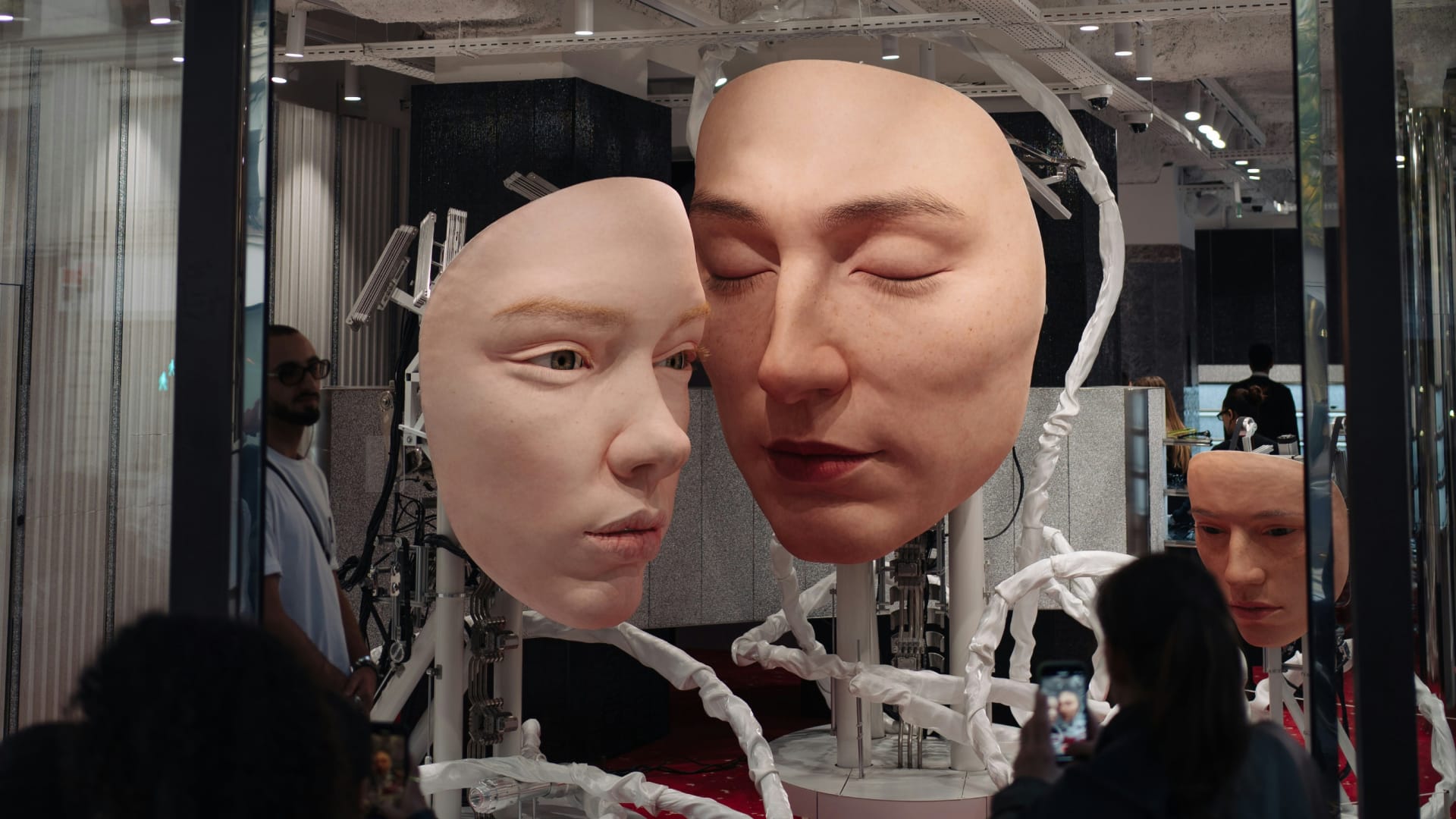
This article first appeared in Manufacturing Tomorrow written by, Katrine Kranker, Creative Strategist from our London studio.
Across industries, the skills gap is an increasingly recognised challenge but also a powerful opportunity. It reflects the growing space between the skills organisations need and those currently available in the workforce. As technology evolves and job roles shift, it’s not a lack of talent holding teams back, but often a gap in how we support continuous learning and development. With the right approach, this gap can become a catalyst for innovation in how we train, engage, and empower people to grow.
Closing that gap means moving beyond traditional approaches. Static presentations, lecture-led sessions and one-size-fits-all content may deliver information, but they rarely spark transformation. Instead, what’s needed is a more human, connected and energising approach to learning: one that doesn’t just inform, but immerses.
So, what transforms a standard training day into a genuinely impactful learning experience?


1. Purposeful design
Everything begins with intent. Immersive training days work best when the experience is designed around clearly defined learning outcomes. Rooted not just in what the organisation wants to say but in what the audience needs to learn and do. Relevance is key. When training speaks directly to people’s roles, challenges and ambitions, it naturally captures attention and inspires curiosity.
2. Active engagement
Studies show the average adult’s attention span hovers around 20 minutes (LinkedIn, 2024), so it’s no surprise that traditional delivery struggles to hold focus. Interactivity is a game-changer, but only when it’s used with purpose. Whether it’s collaborative exercises, hands-on problem-solving, or gamified tasks, these moments need to align with the learning goals and feel meaningful.
3. Facilitator selection
No matter how well-designed an experience is, facilitators are the ones who bring it to life. Their presence, personality and delivery style can shape how safe, energised and focused a group feels. In a recent gamified training event we delivered for a client, we introduced two different facilitators: one to host and energise the room, and another to provide expert insight and handle deeper questions. The balance kept the session dynamic and entertaining without losing purpose. The right facilitators don’t just guide, they amplify the entire experience.
4. Psychological safety
True learning requires a willingness to experiment, make mistakes, and step outside comfort zones. For that to happen, people need to feel safe emotionally and socially. The best immersive training experiences foster an environment where participants feel free to try new things without judgment. When people feel safe, they engage more deeply, contribute more confidently, and absorb more lasting knowledge.
5. Tangible transferability
The most energising training day still needs a bridge to the real world. What participants take away and how easily they can apply it makes the difference between a memorable moment and long-term value. Actionable next steps, follow-up tools, and built-in opportunities for reflection help embed the learning and encourage momentum beyond the room.
The skills gap isn’t just a problem to solve but a chance to reimagine how people learn and grow. Immersive training is one of the most powerful ways to close that gap, because it recognises learning as a full-body, full-mind experience. It’s not about more tech or more noise. It’s about designing experiences that feel relevant, personal, and energising. Experiences that move both people and organisations forward.


